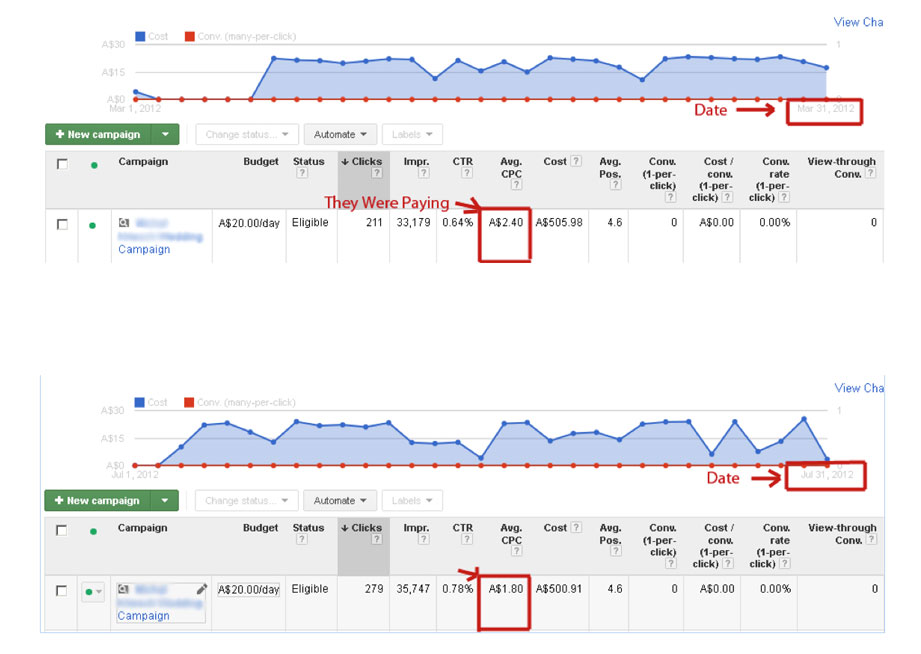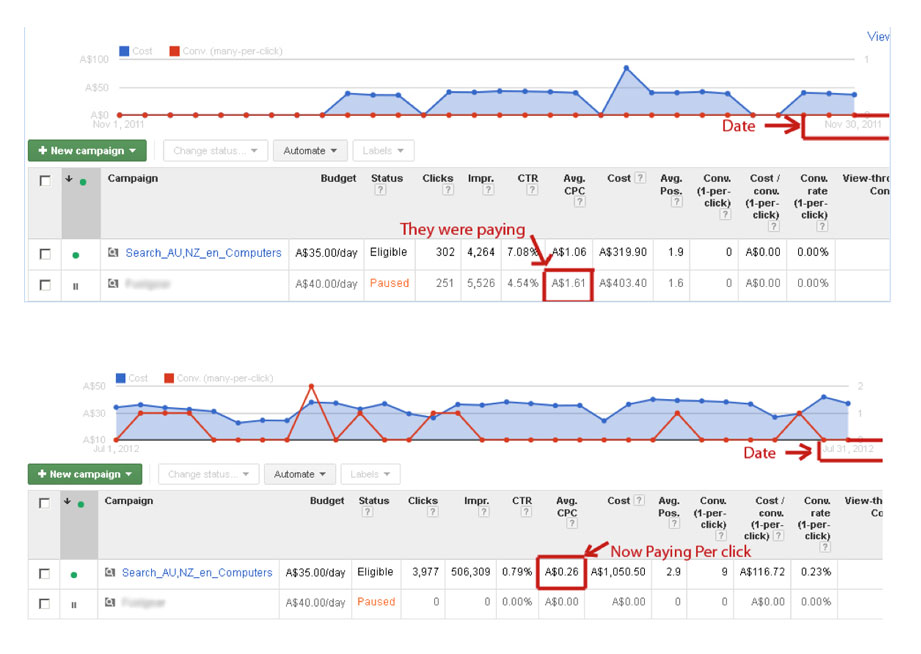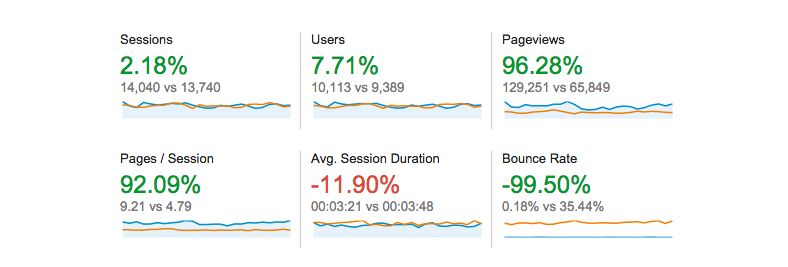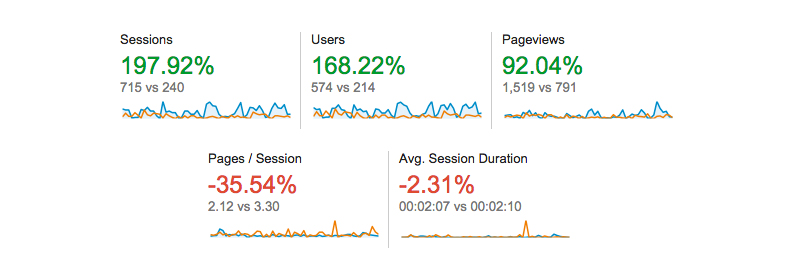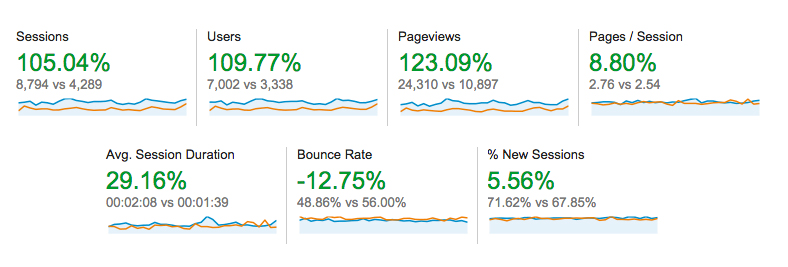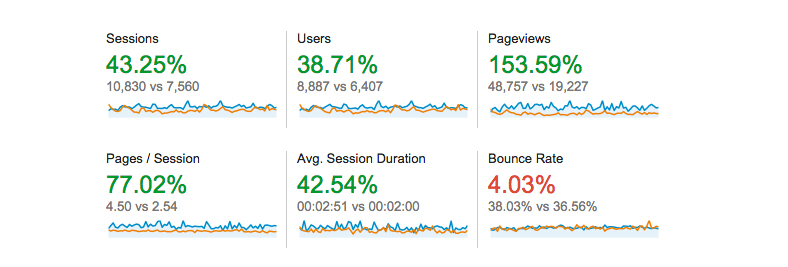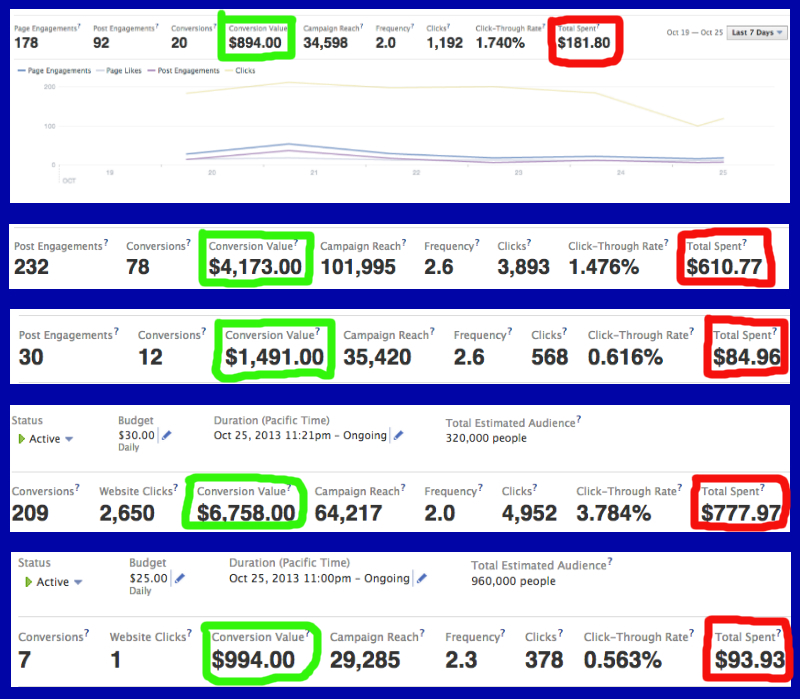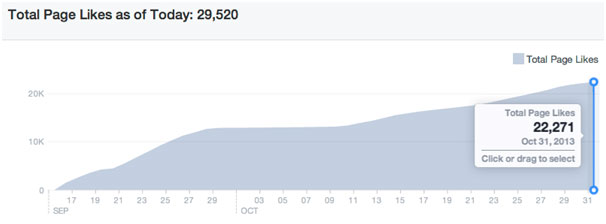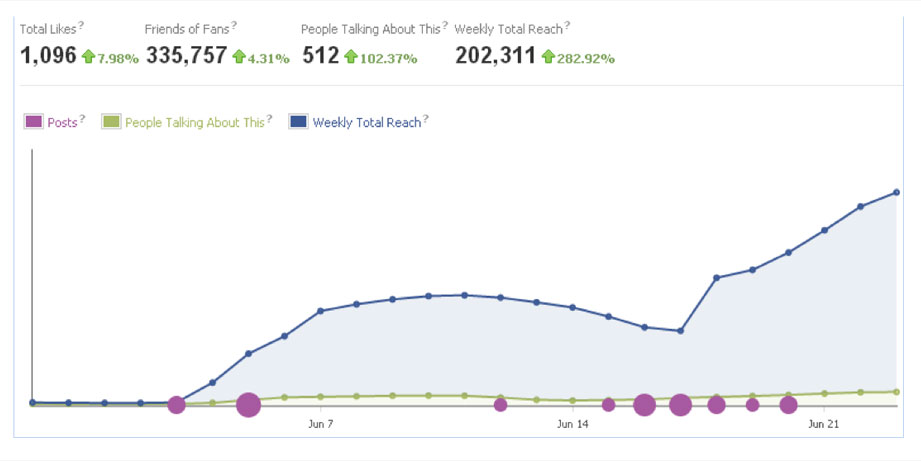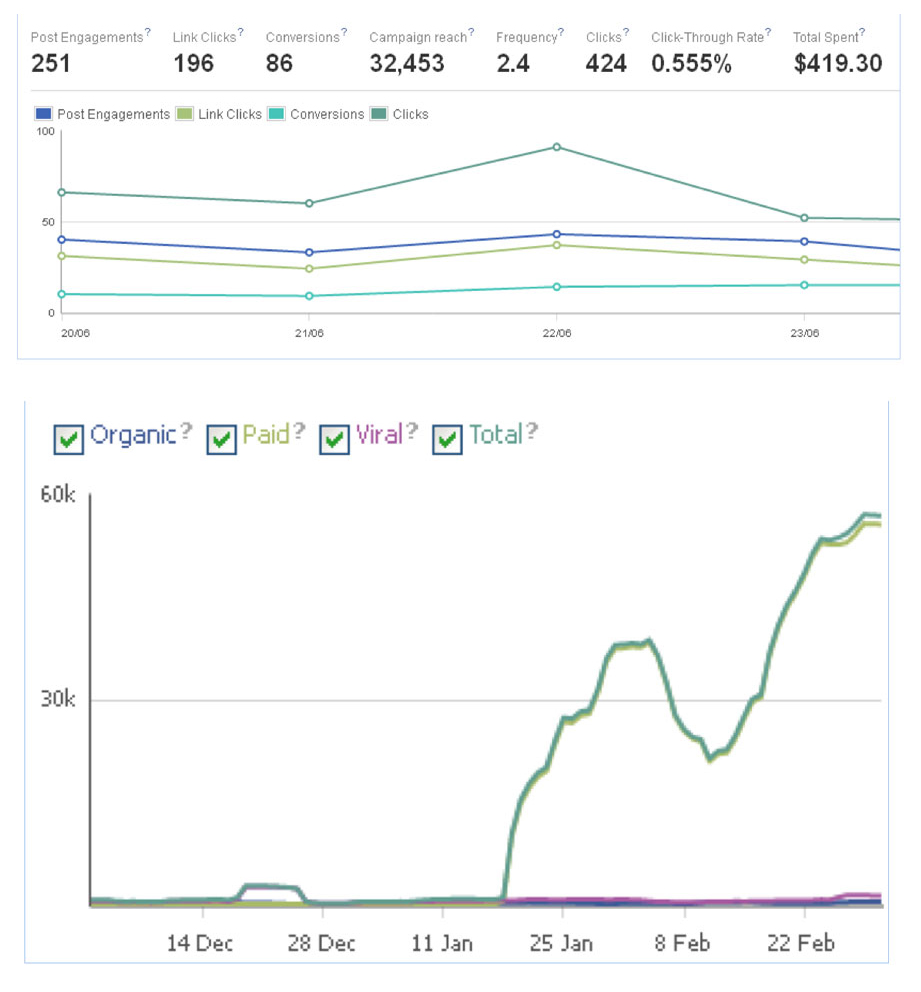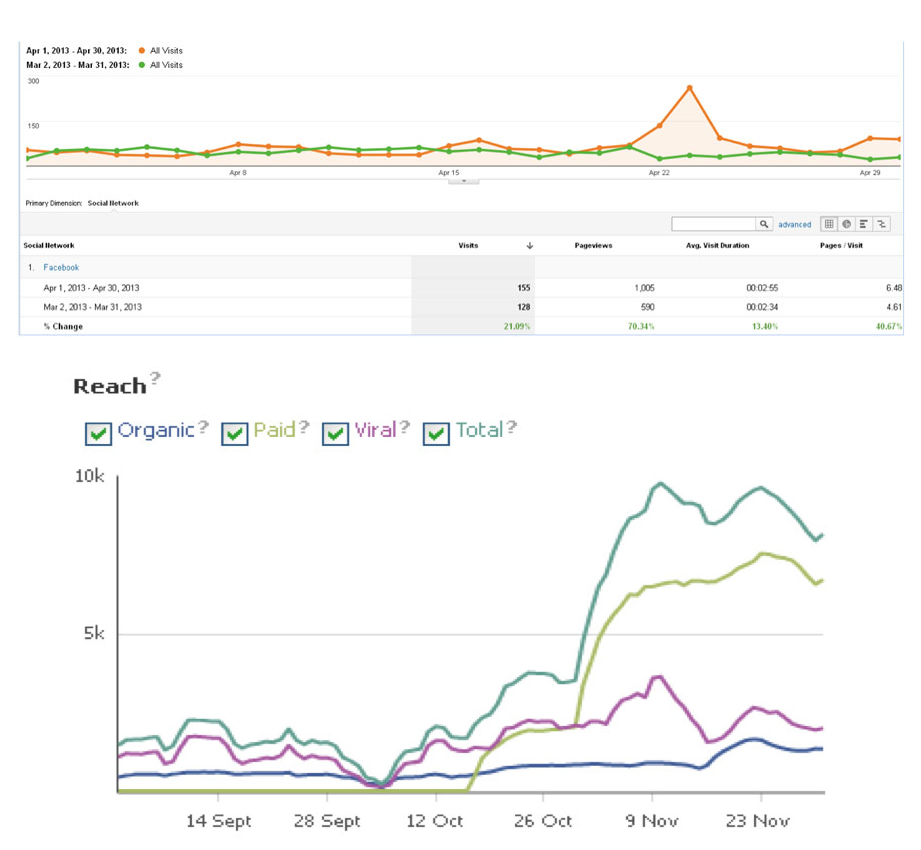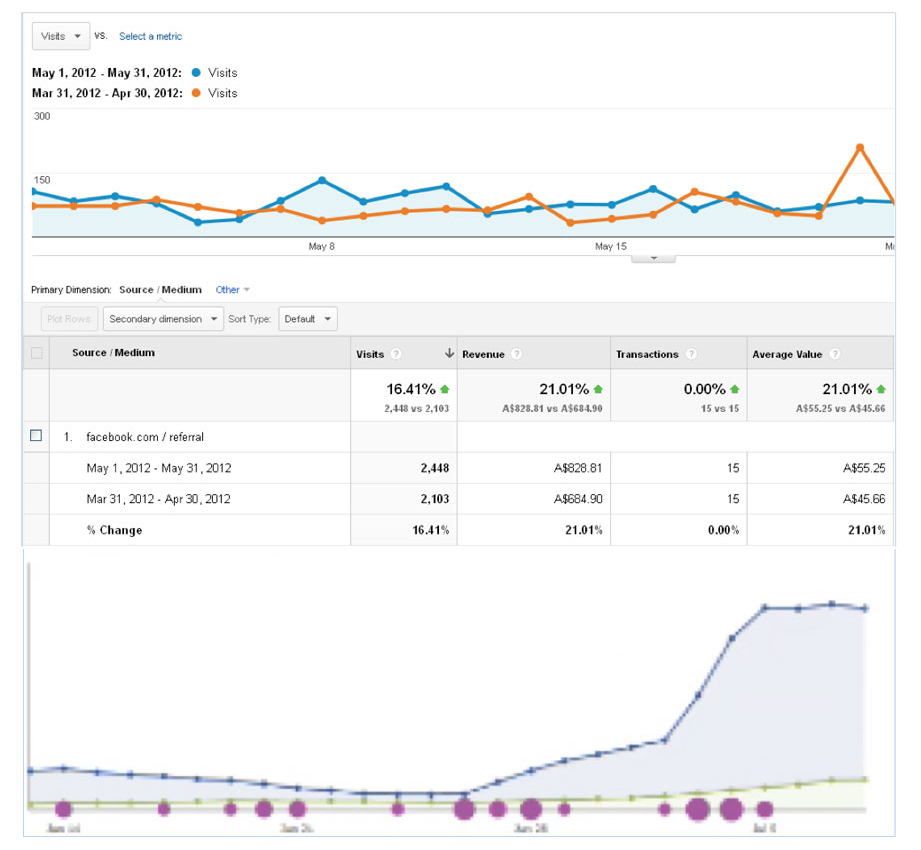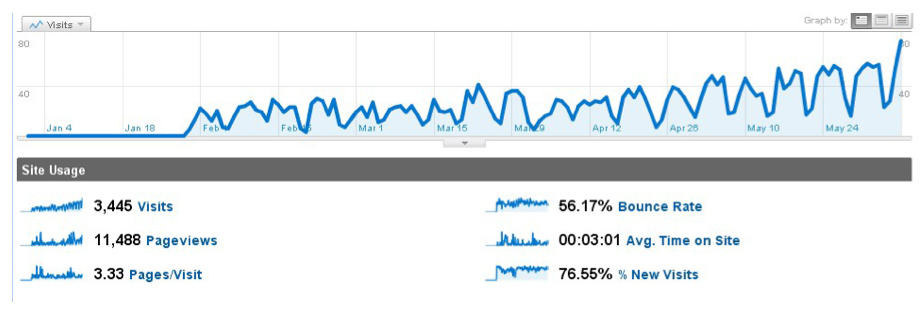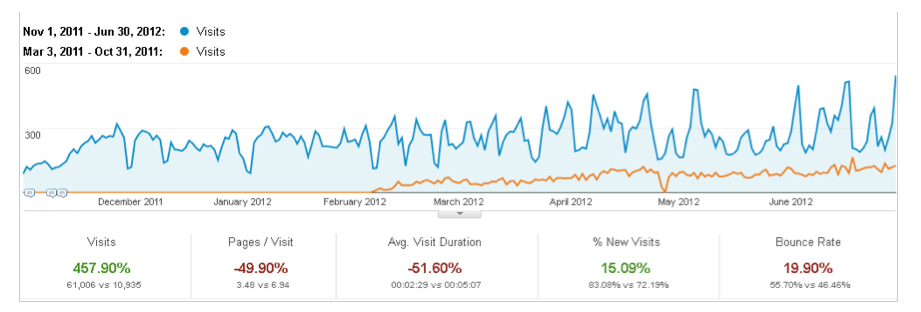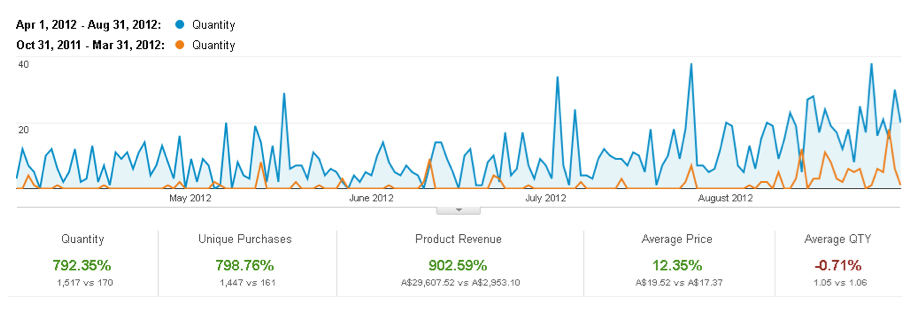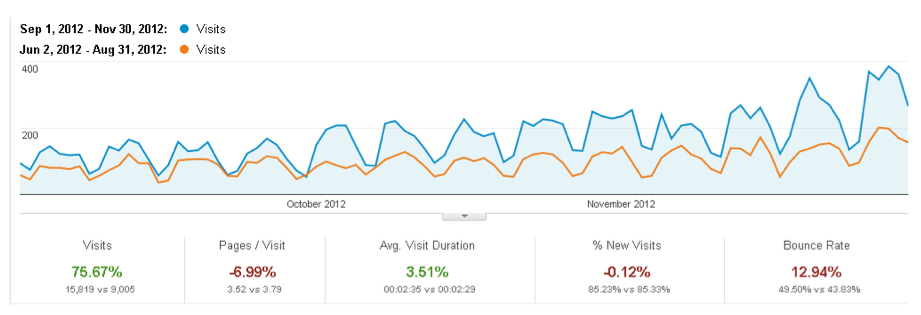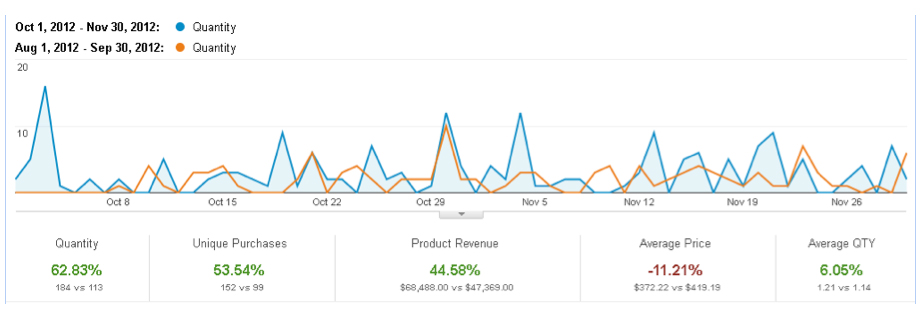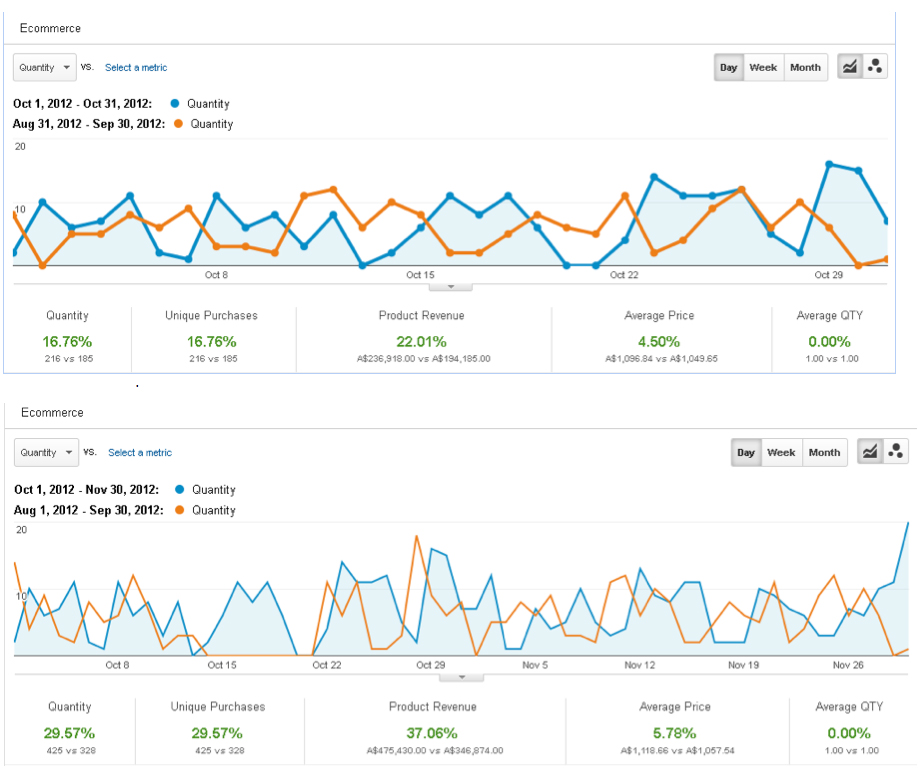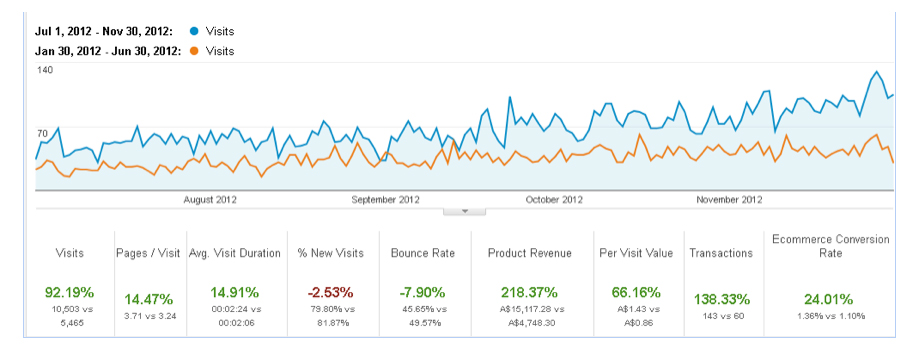Keyword Research has become increasingly important when writing blog content which will engage their readers so they revisit the blog for more content.
Aside from engaging the target audience, it’s also important from a search engine perspective. Google and other search engines rank content higher if they have keywords or key phrases with a high search volume.
A number of free and paid keyword research tools are available to help uncover such keywords. The challenge with keyword targeting, however, is that your target audience responds to different keywords with varying levels of interest and buyer intent.
The key to overcoming the challenge is to follow a systematic approach to keyword research to find what topics your target audience is interested in, and which ones they will most likely ignore.
The common practice for keyword research is to start with a list of terms, uncover keyword phrases and what keywords competitors are targeting.
What this does not take into account is that the keywords represent varying levels of interest and buyer intent. Some are searched for by prospects conducting preliminary research, some by people who are closer to making a buying decision and still others by prospects at different stages of the spectrum.
You may also like: Free Tools To Help New Webmasters With Search Engine Optimisation
In this keyword research method, keywords are categorised by their type and effectiveness. The idea is to start by focusing on keywords and keyword phrases which have the most likelihood of converting. Only when these have been exhausted, should you look for additional keywords and keyword phrases.
The following infographic explains the method using a brand of honey as an example.
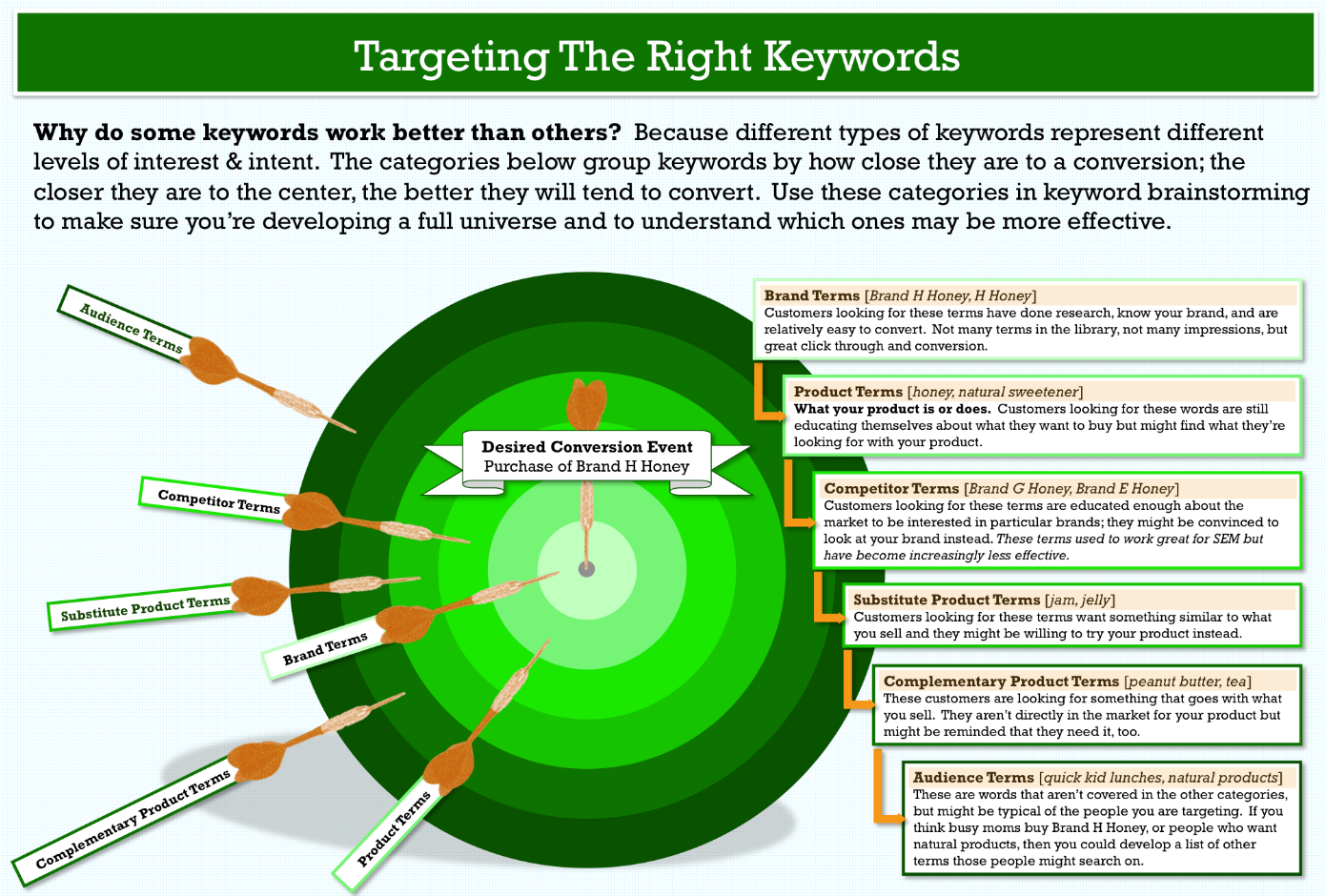
Infographic: Kissmetrics




